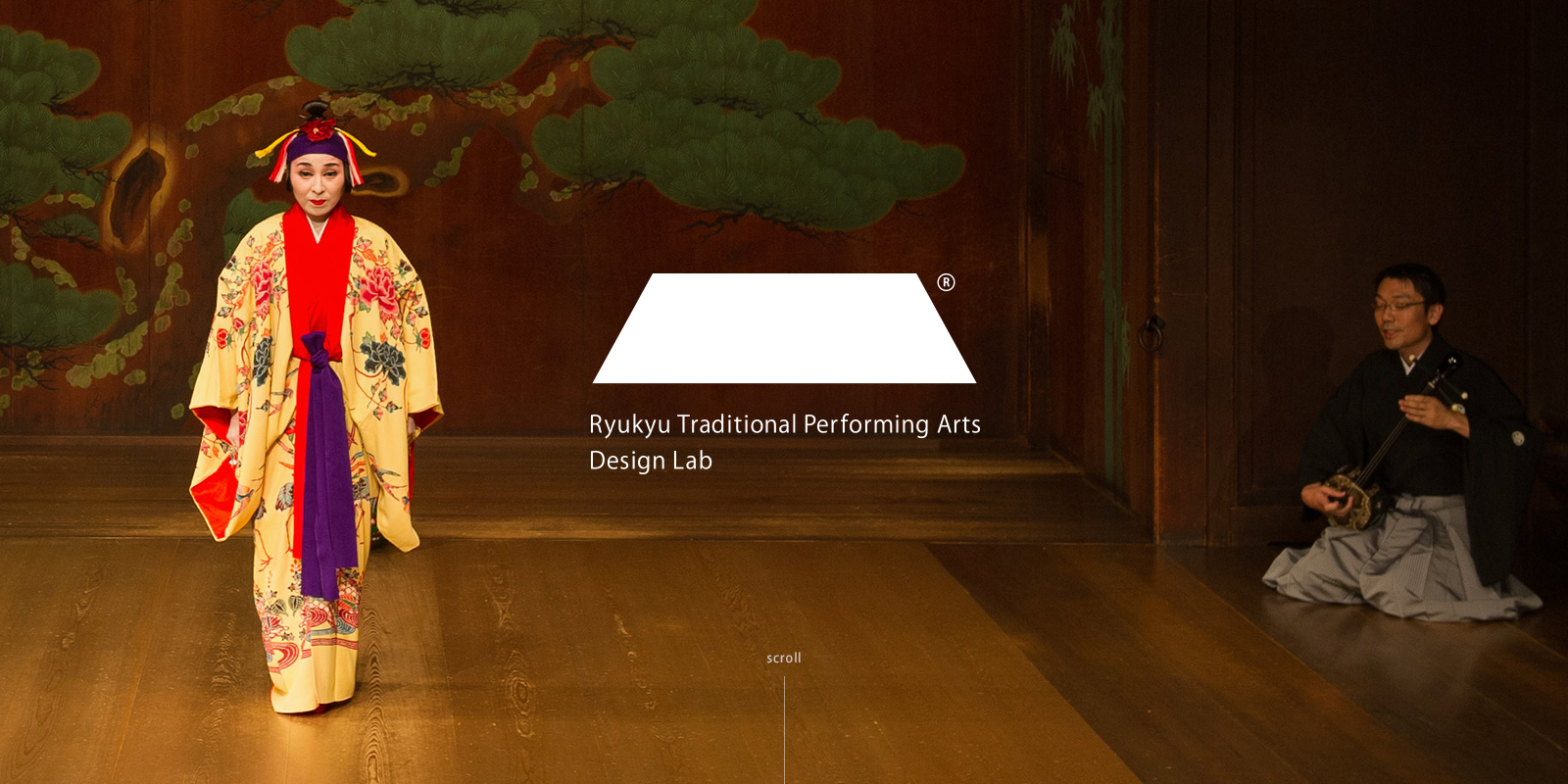
The Ryukyu Traditional
Performing Arts Design Lab
Okinawa was once the Ryukyu Kingdom: an independent country witha unique culture separate from that of Japan. Of particular note in the culture of the Ryukyu Kingdom is their tradition of performing arts, which played a crucial role in diplomacy. As time has gone by, these performing arts gradually spread to the masses and became a part of everyday life, serving as a pillar of support and a symbol of the Okinawan identity during the post-World War II recovery process.
In May 2019, Okinawan traditional cooking, liquor, and performing arts were officially recognized by the Japanese Agency for Cultural Affairs as Japan Heritage, further cementing its position as a Japanese cultural touchstone. Now, we must consider how best to communicate Okinawa's art and culture, as well as that of Japan at large, to the world.
I feel that what modern Okinawa needs is a combination of aesthetics and philosophy. I believe that by recreating the traditional performances of the Ryukyu Kingdom in a refined atmosphere, we can reconstruct the ideals of the Ryukyuan Ministers of Performing Arts.
This belief drove me to establish the Ryukyu Traditional Performing Arts Design Lab to maintain tradition and create innovation, to design a new tradition of the Ryukyuan Traditional Performing Arts.
Ryukyu Traditional Performing Arts Design Lab
Representative Director, Masaya Yamauchi
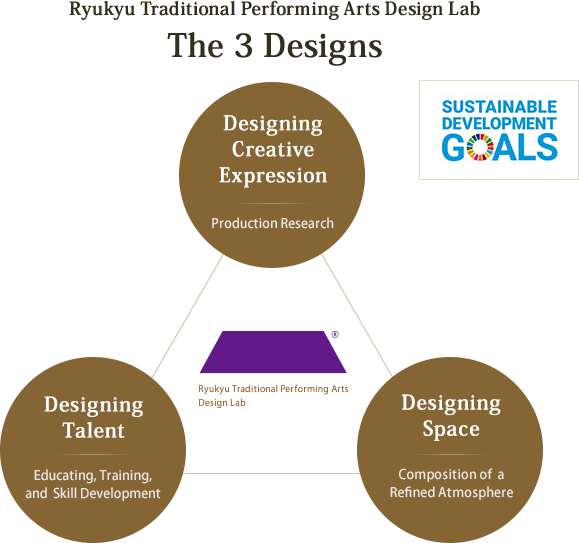

Designing Intimate Performances for Special Guests
An intimate glimpse into the entertainment of the Ryukyu Dynasty
During the Ryukyu Dynasty, the traditional Ryukyu performing arts were nationally recognized as a critical subject of study as well as playing a crucial role in relations with surrounding Asian countries, often being used to entertain visiting diplomats and officials. In modern day, it has been officially recognized as Japan Heritage by the Japanese Agency for Cultural Affairs.
In addition to diplomatic performances at Shuri Castle, there is also record of the king bringing Uta-Sanshin performers with him for as long as half a year when taking leave of the castle. Also, as there were no performance halls in the Shuri area, performances were often held in private residences and other private spaces to welcome guests. We believe that these smaller, more intimate performances are the origin of traditional Ryukyu performing arts.
These spaces offered the ideal space to take in each minute detail of a performance: each breath taken during the Uta-Sanshin, the rustling sounds of the Bingata Kimono. These small details come together to form a bond between audience and performer.
We recreate these intimate performances that were once only available to the king and his VIPs during the Ryukyu Dynasty as an exclusive opportunity for visitors to experience the royal treatment in Okinawa.
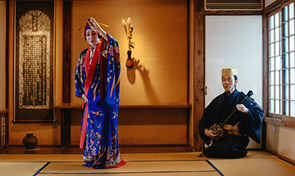
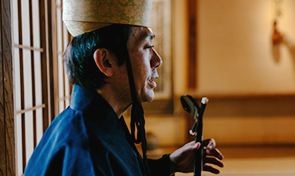
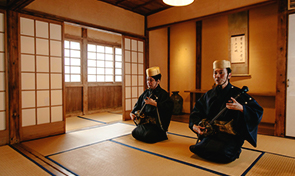
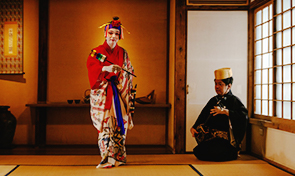
Inquiry Form
For inquiries perfomances, or interviews, please fill out the inquiry form below.
Our representative willl contact you shortly.